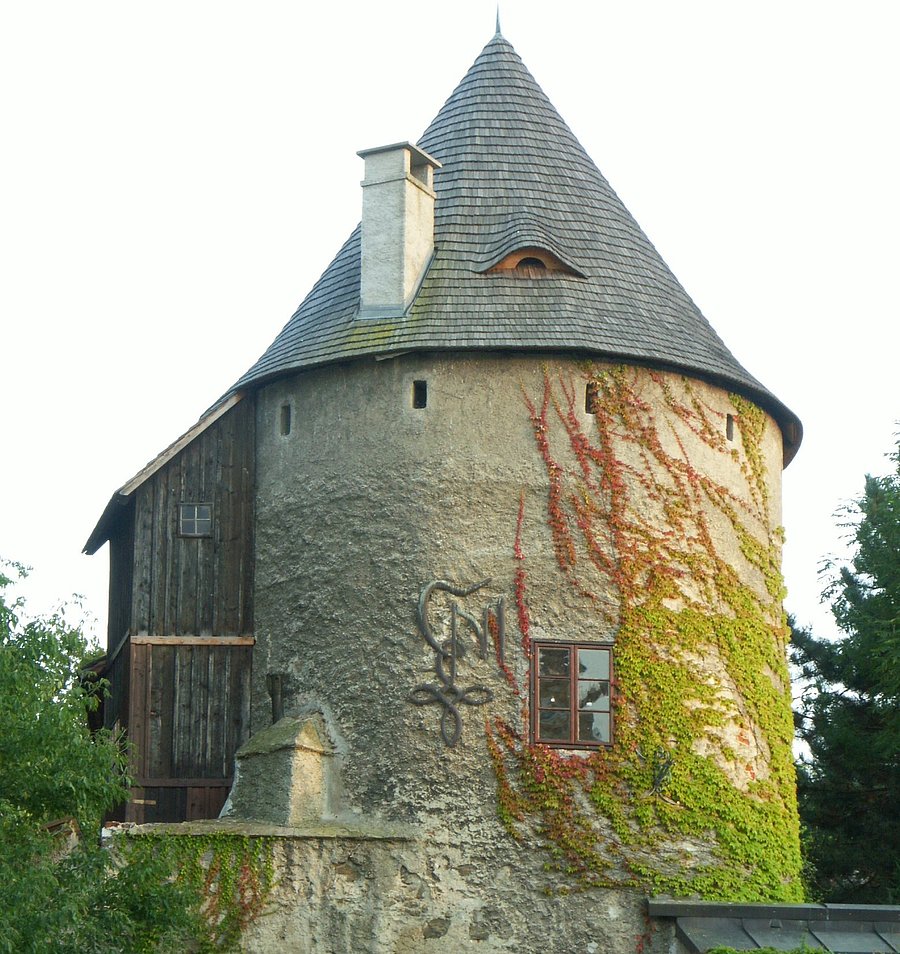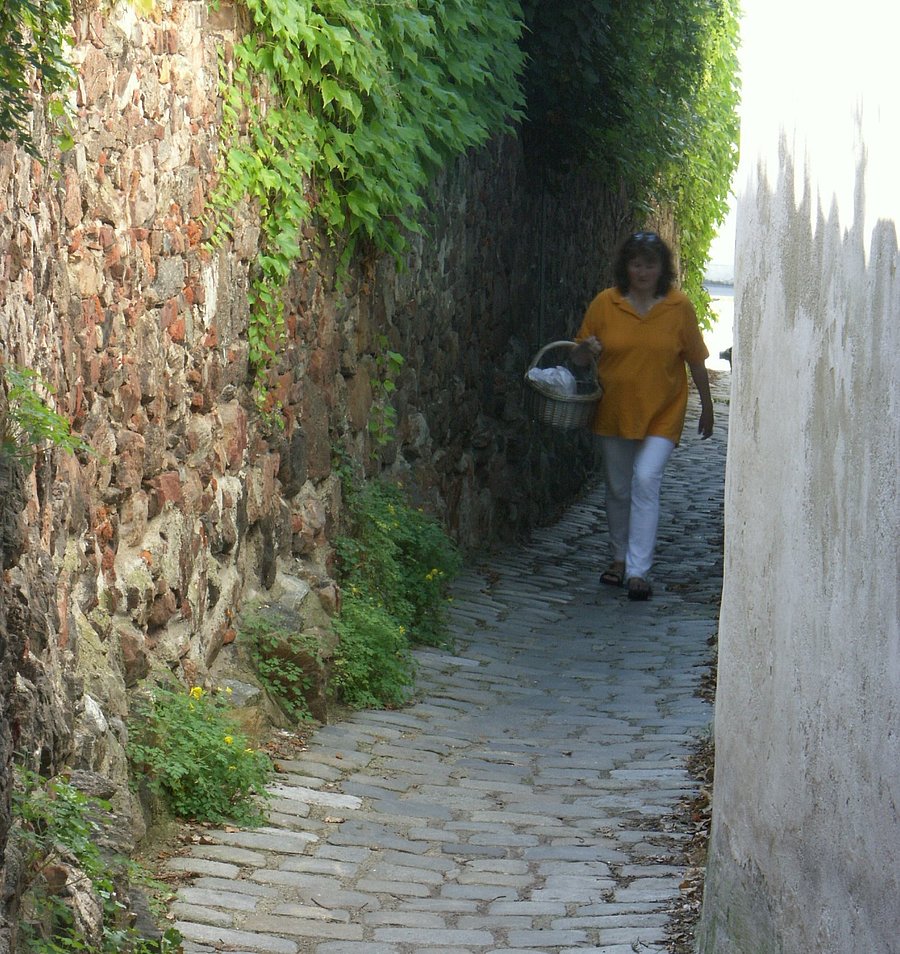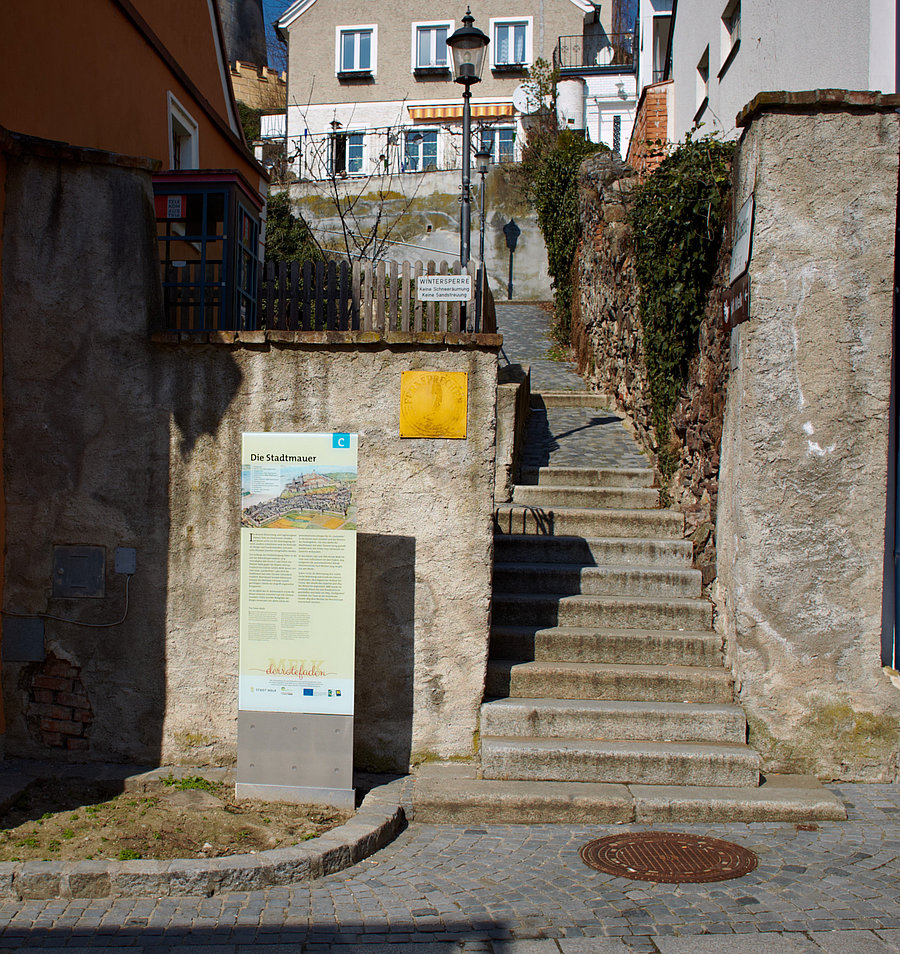Remnants of the old city wall can be found in several places in the city. At the beginning of Prinzlstraße you can find a part of it, which is also impressively illuminated at night.
In the area of Klostersteig and Zaglauergasse, parts of the city wall have been preserved. It not only served to defend the city, but also facilitated the control of citizens and transients, undesirables could be kept out.
The beginnings of the town fortification date back to the time of the Babenberg residence. In 1309 Abbot Ulrich II and Ulrich von Wallsee defended Melk against the Bavarians. Duke Frederick the Fair thereupon granted Melk the title of a "Landesfeste" (provincial fortress). In 1462 the town wall with two towers is mentioned in a document. Soon after, Bohemian hosts of Matthias Corvinus were repulsed, as well as an attack of Hungarian warriors.
From the middle of the 16th century the wall was renewed, extended and towers were added. Fines of the citizens were used for this, especially those of the Protestant citizens for "running away" to church in Loosdorf and breaking the fasting commandments. Around 1605, the market wall with all its towers was probably completed, as a date on the Linzertor used to proclaim.
In 1592 and 1683 Melk became a place of refuge from the Turks for many. In 1619 the Protestant estates of Upper Austria besieged the market for five weeks in vain.
Later, the fortification lost its military significance and was considered a nuisance. In 1805 the sale of the towers began. In 1852 the Linzertor and in 1874 the Wienertor were demolished. In 1888 the western wall up to the brewery tower was ground down and the path "Stadtgraben" was built for it. The tower at the southeast corner had to make way for the new building of the district administration in 1895.
-
 © Foto: tiscover
© Foto: tiscover -
 © Foto: tiscover
© Foto: tiscover -
 © Foto: Franz Gleiß
© Foto: Franz Gleiß


![[Translate to English:] Hier sehen Sie ein historisches Bild vom alten Brauhaus](/fileadmin/Bibliothek/fotos/Bilder_Box_rechts_545px/box_rechts545_brauhaus.jpg)